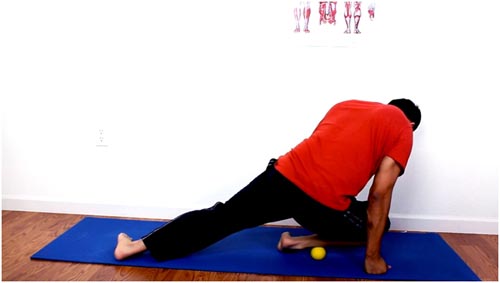Most Common Causes of Shin Splints
July 9, 2017 Guest Post
If you’re a runner, you’ll probably experience shin splints at one point or another. No one really knows why some people get shin splits only occasionally while others seem to get them much more frequently. Whether you get them once or a dozen times, crossfitshin splints can be very painful. By understanding the most common causes of shin splits, you can better take the necessary steps to avoid them.
Running on hard surfaces
As much as you can, try to avoid running on super-hard surfaces like concrete. Running over hard surfaces for long periods of time can cause tiny cracks in the lower leg bones. Over time, these small stress fractures can turn into bigger problems including a proper fracture. If you have a history of shin splints, it may be worth considering the terrain on which you have been running.
If you generally run on harder surfaces, consider switching to softer terrain such as a rubberized track, sand, or dirt roads – or at least alternating terrain to go from hard to soft more often. Doing so can help minimize the trauma on your leg bones and reduce the likelihood that you’ll get shin splints moving forward.
Pushing yourself too far
It’s good to challenge yourself, but trying to bump up your mileage too soon can cause a lot of stress on your leg bones, leading to shin splints. To avoid hurting yourself, the best thing to do is to start out slow and build up your mileage very gradually, especially if you are new to running. Increase your mileage by no more than 5 percent every two weeks if you are a beginner and by around 10 to 12 percent if you are more experienced.
This increment can vary, however, depending on several factors such as your weight, age, and how long you have been running. Even if you are an experienced runner, listen to your body and if you start to experience pain signals, it’s time to slow down. Increasing your mileage too fast or doing too much, too soon, puts you at a high risk of injury, including shin splints.
Wearing the wrong shoes
As with most activities, the shoes you wear when you engage in crossfit or other activities can have a profound effect on how likely you are to be injured. If your athletic shoes are starting to show signs of wear and tear, they probably aren’t giving your feet the support they need to get better. It’s usually a good idea to keep your gym or running shoes specifically for that purpose and to have a separate pair for general everyday wear. When you go to buy your athletic shoes, it’s advisable to have your feet professionally fit so that you can get the best-fitting shoes for your feet.
This will increase your comfort and performance and reduce the likelihood that you will injure yourself.
Doing the same thing over and over
If you always do exactly the same workout, you can repetitive stress on your bones and muscles. Over time, that can result in injuries including shin splints. To avoid repetitive stress injuries, always strive to vary your routine in several ways. This includes shaking up your location, duration, surface, mileage and speed. You can also add in other crossfit activities such as swimming and biking to allow those muscle groups to rest in between runs.
The most important thing is to listen to your body. If you are experiencing muscle fatigue or pain, stop what you are doing. That’s your body sending you signals that you are over-exerting yourself and you need to rest. If your pain is in your shins, this could mean that you have, or are on the way to having, shin splints. If caught early enough, a simple regime of rest should help heal the micro fractures that are the hallmark of shin splints.
Share it with Your Friend

